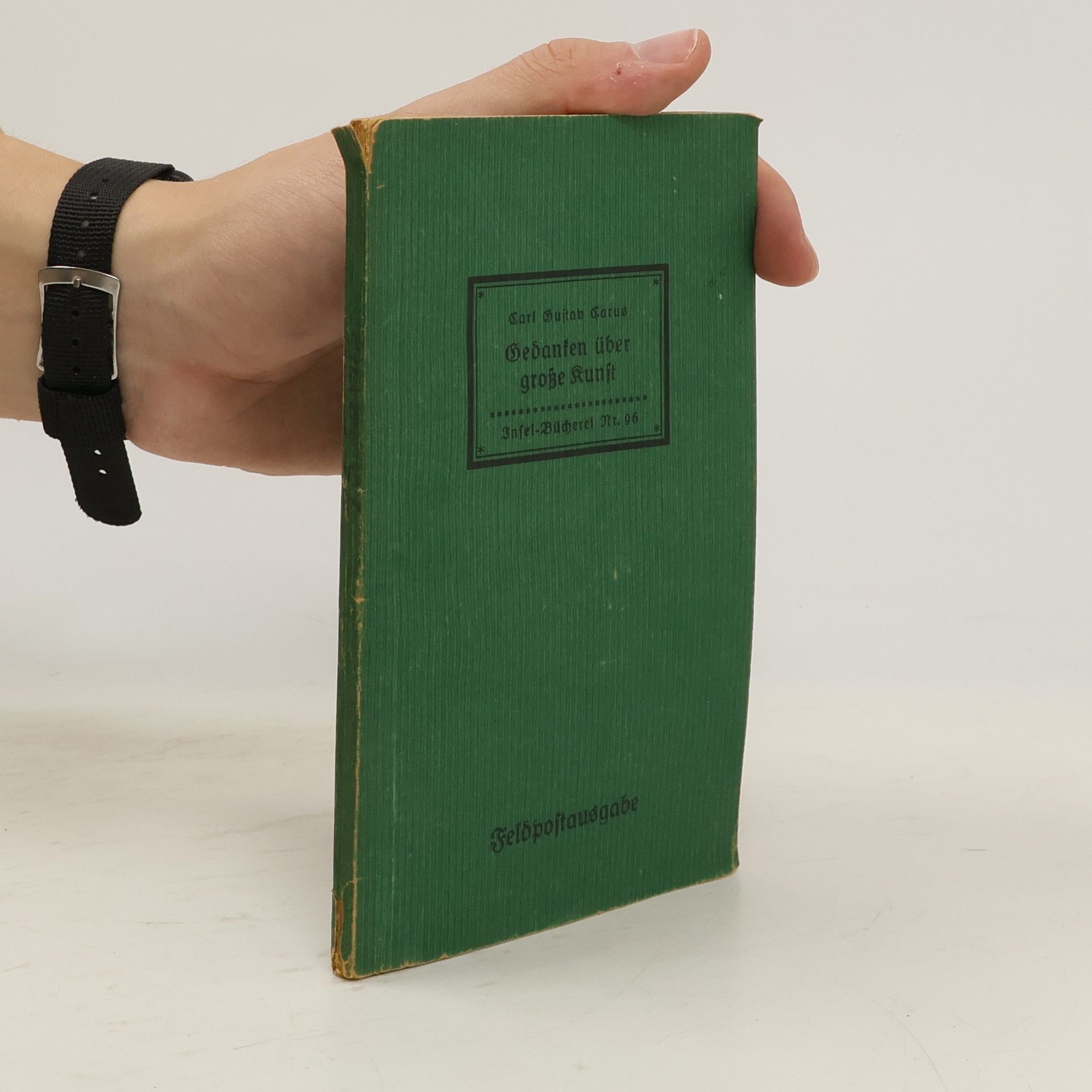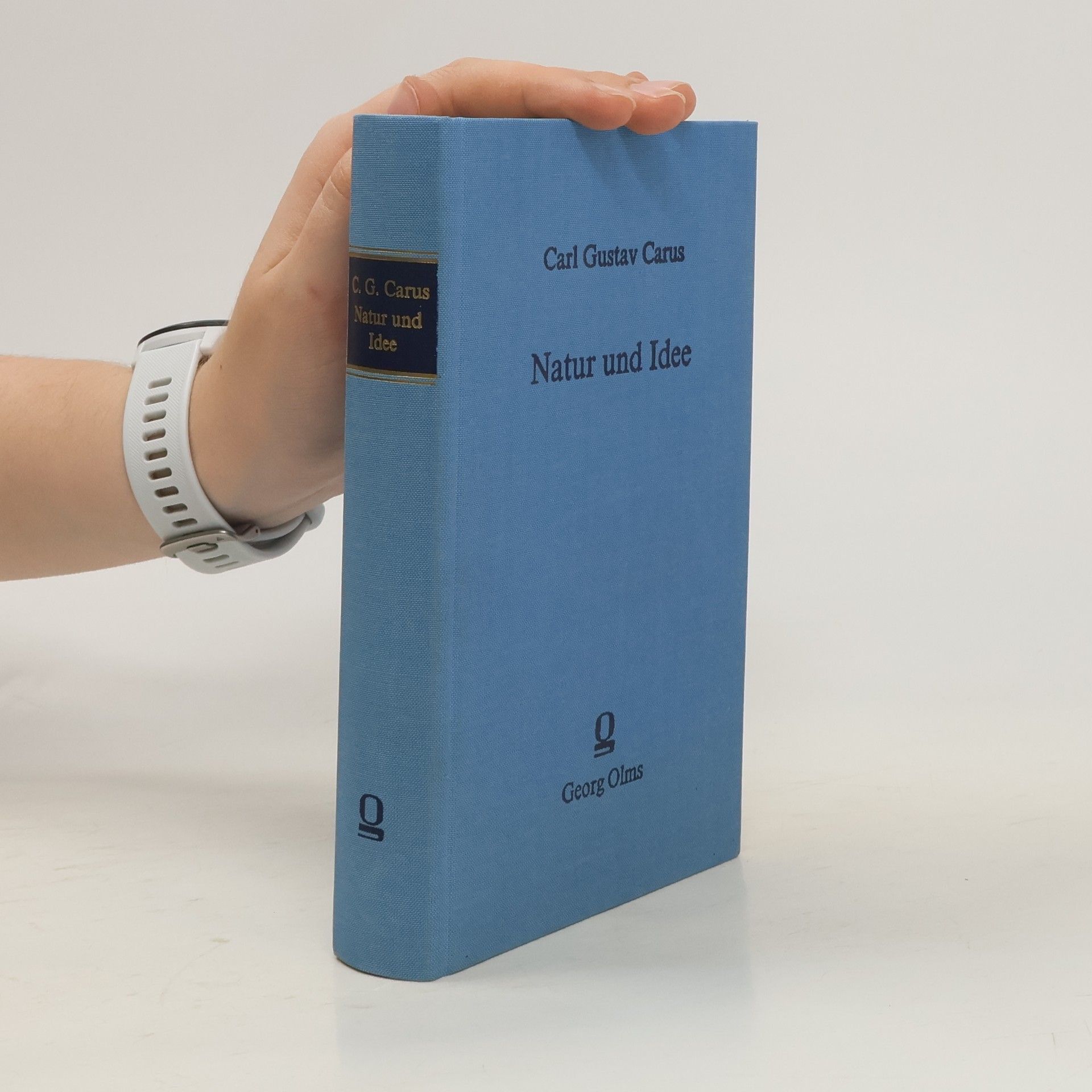Carl Gustav Carus Livres
Carl Gustav Carus fut un physiologiste et peintre allemand qui apporta une contribution significative à l'époque romantique. Médecin, naturaliste, scientifique et psychologue, il se distingua par son étude de l'inconscient, qu'il identifia comme la base essentielle de la psyché. Son œuvre inspira de nombreux penseurs, dont Carl Jung, qui crédita Carus pour ses aperçus pionniers sur la compréhension des aspects sombres de l'esprit. L'héritage artistique de Carus transparaît également dans ses peintures de paysages, influencées par Caspar David Friedrich.
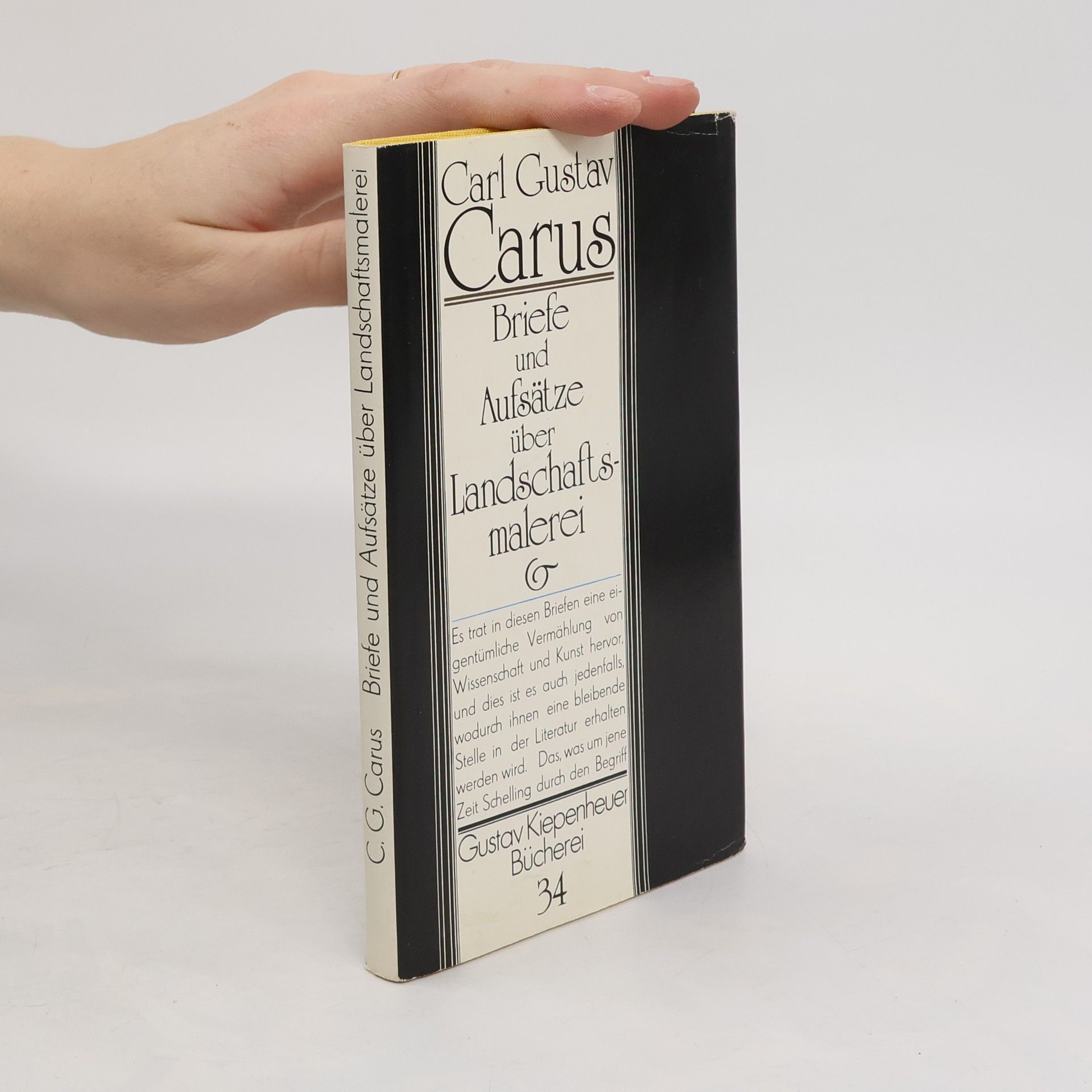


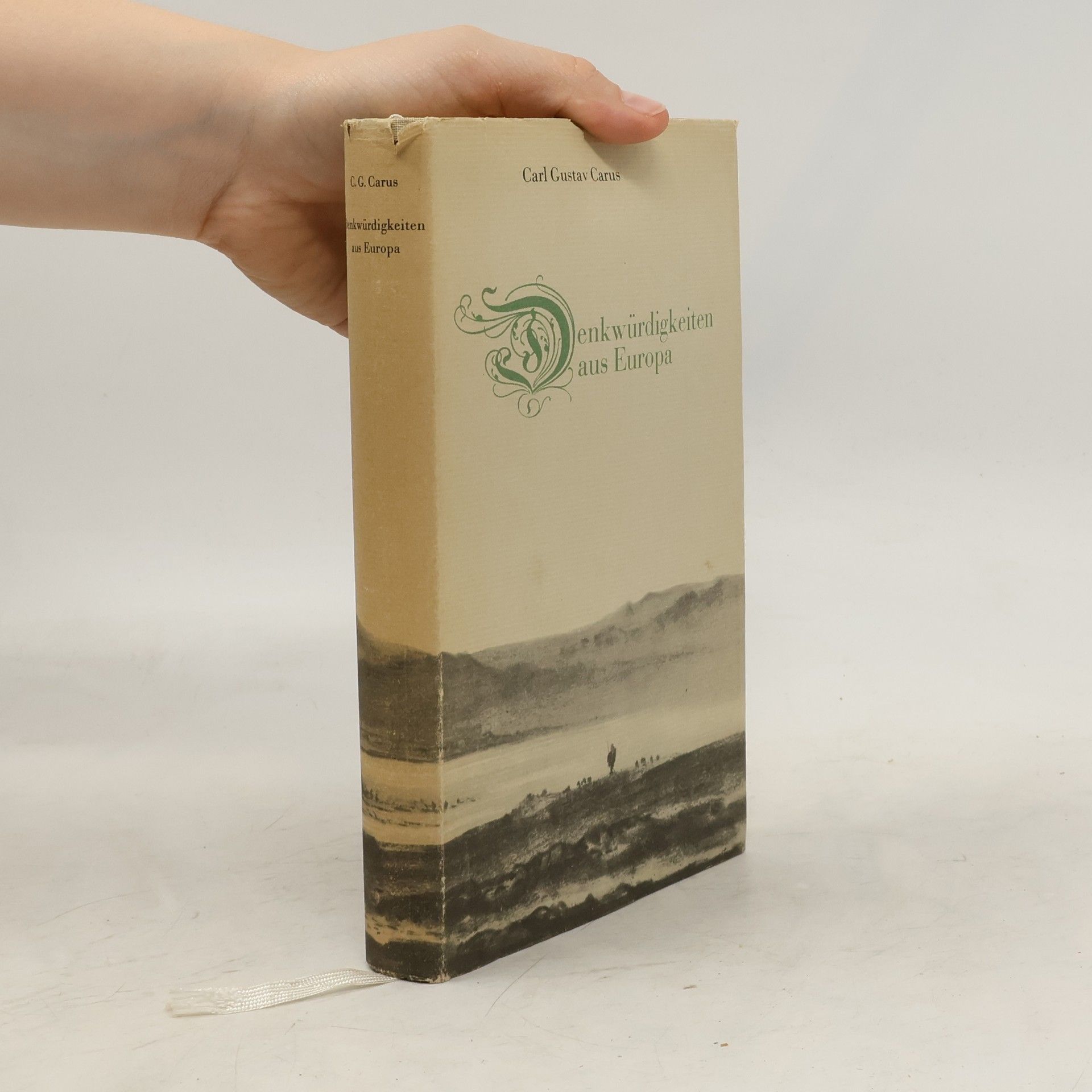
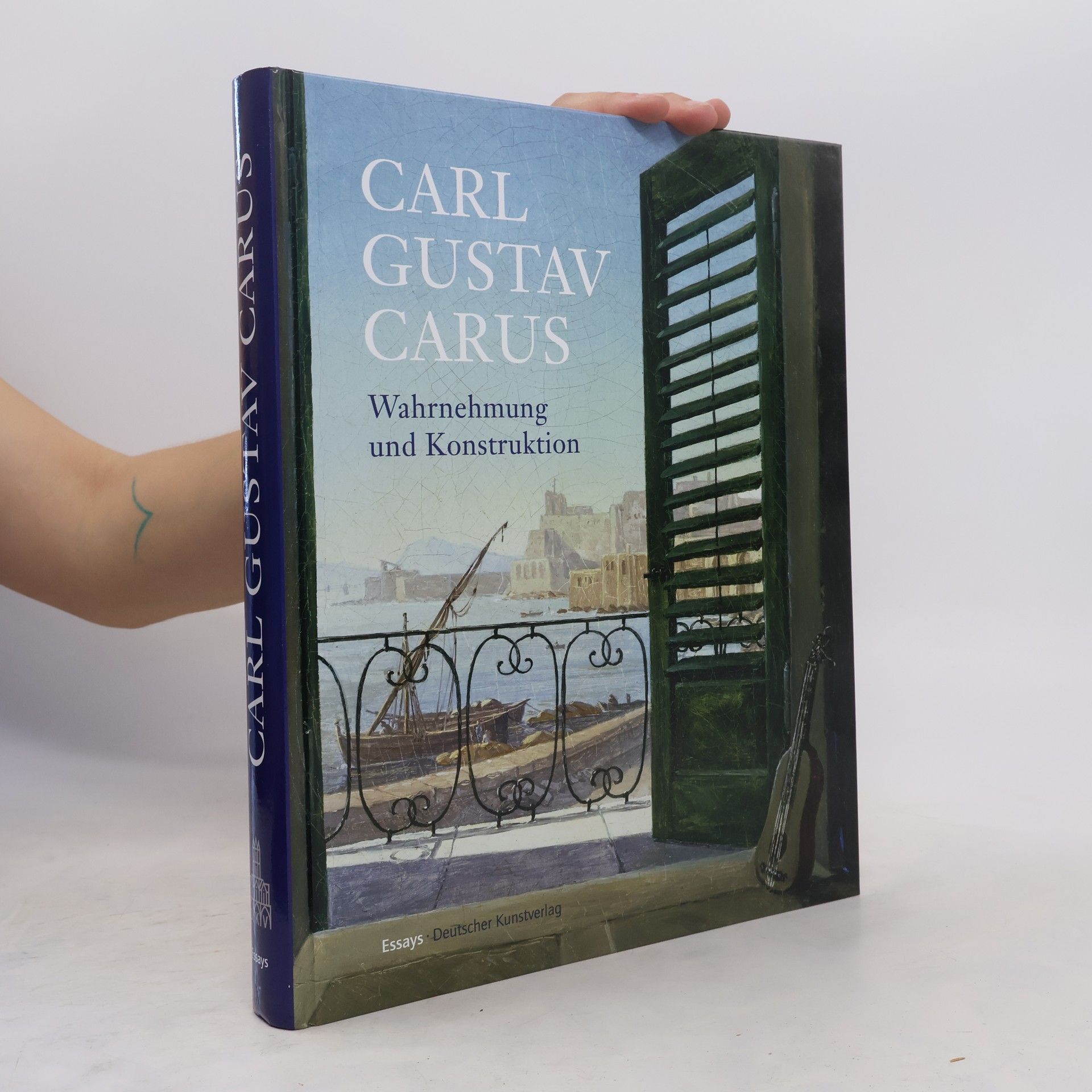
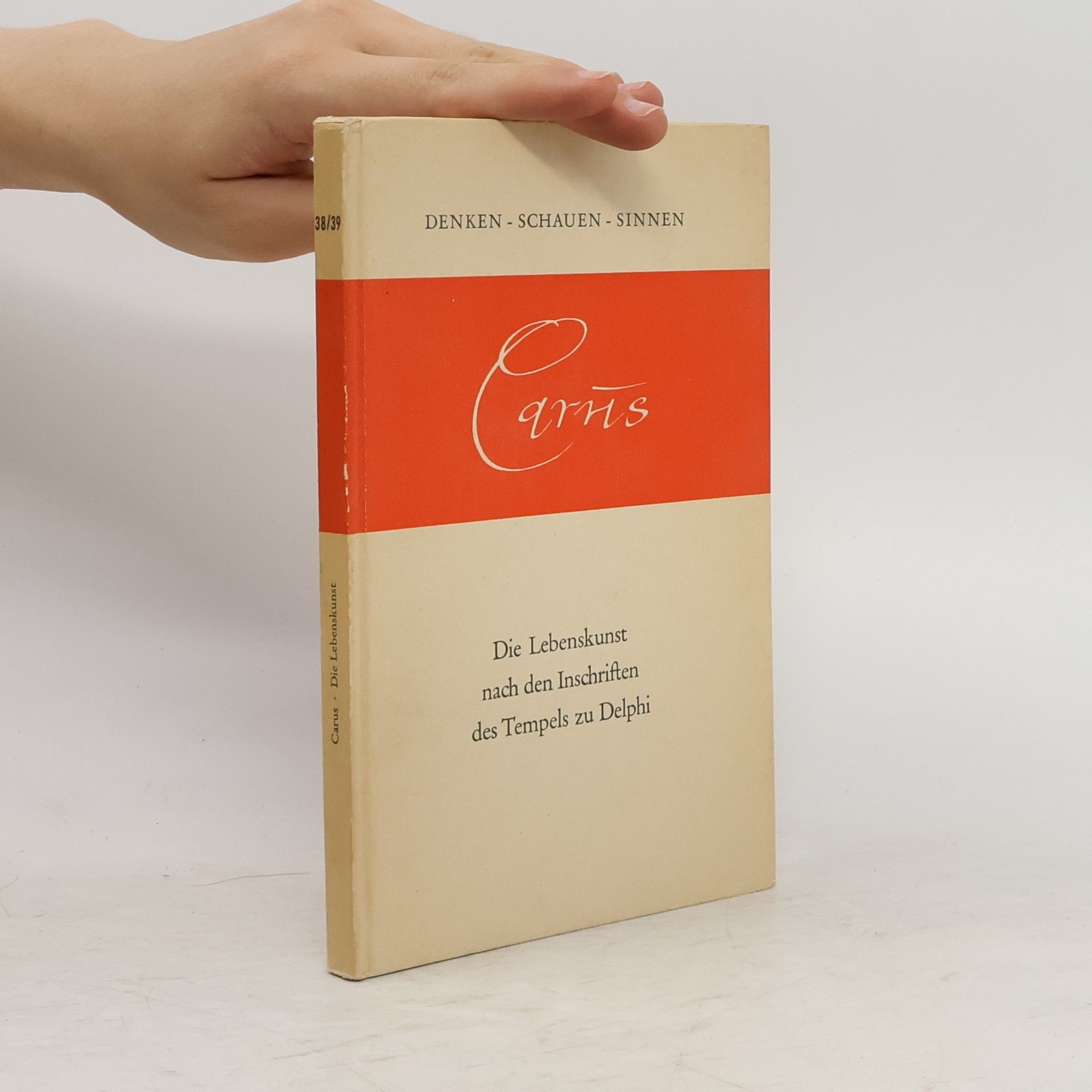
Wahrnehmung und Konstruktion
- 356pages
- 13 heures de lecture
Einzelne Aspekte aus Carl Gustav Carus’ Werk und Wirken sind Gegenstand für eine fachübergreifende Betrachtung dieses Essaybandes. Vor dem Hintergrund romantischer Wissenschaftsauffassung, der Carus Zeit seines Lebens verhaftet blieb, untersuchen ausgewiesene Fachleute seine Arbeiten zu medizinischen, kunsttheoretischen, anthropologischen, aber auch psychologischen Themen. Carus pflegte intensive Briefwechsel mit bedeutenden Zeitgenossen, war als Arzt für viele Jahre am sächsischen Hof tätig und seine zahlreichen Schriften wurden auch aufgrund seiner herausragenden gesellschaftlichen Stellung bereits zu seinen Lebzeiten rezipiert. Ergänzt wird die Präsentation und Interpretation seines umfangreichen künstlerischen Werkes schließlich durch die Ergebnisse technischer Untersuchungen der Dresdener und Berliner Gemälde.


